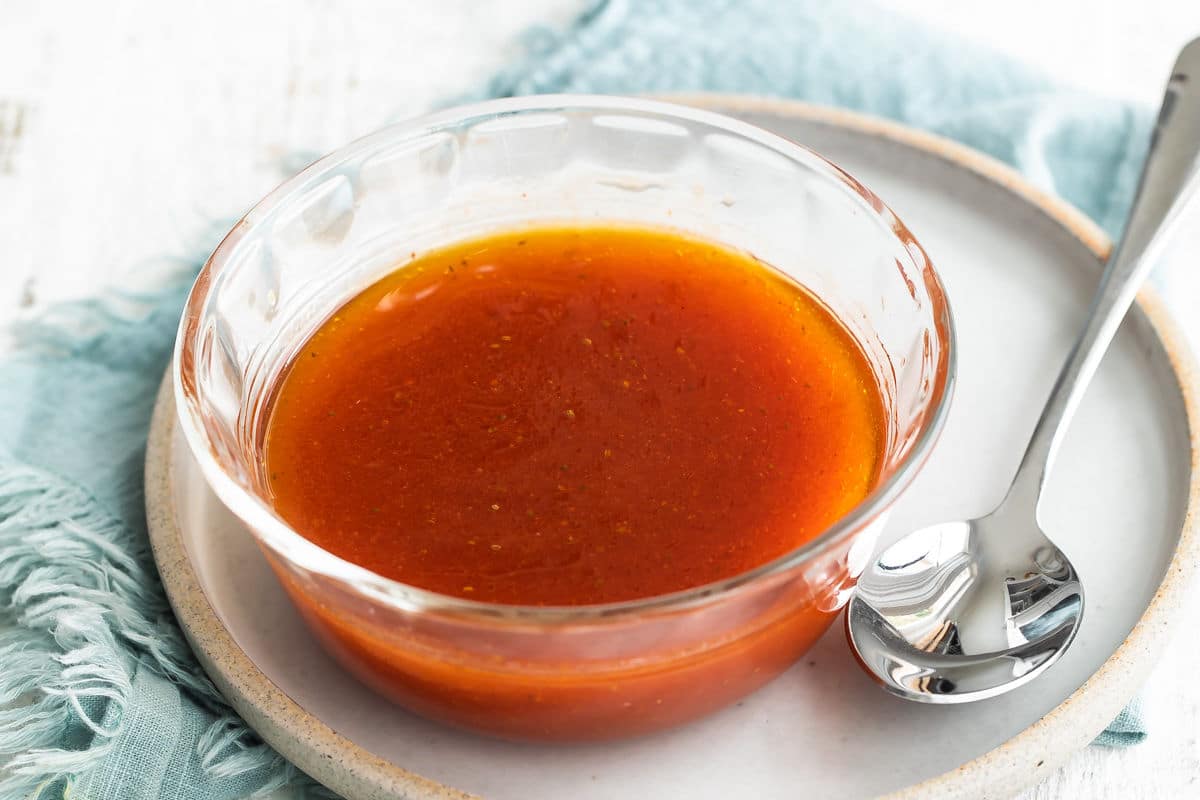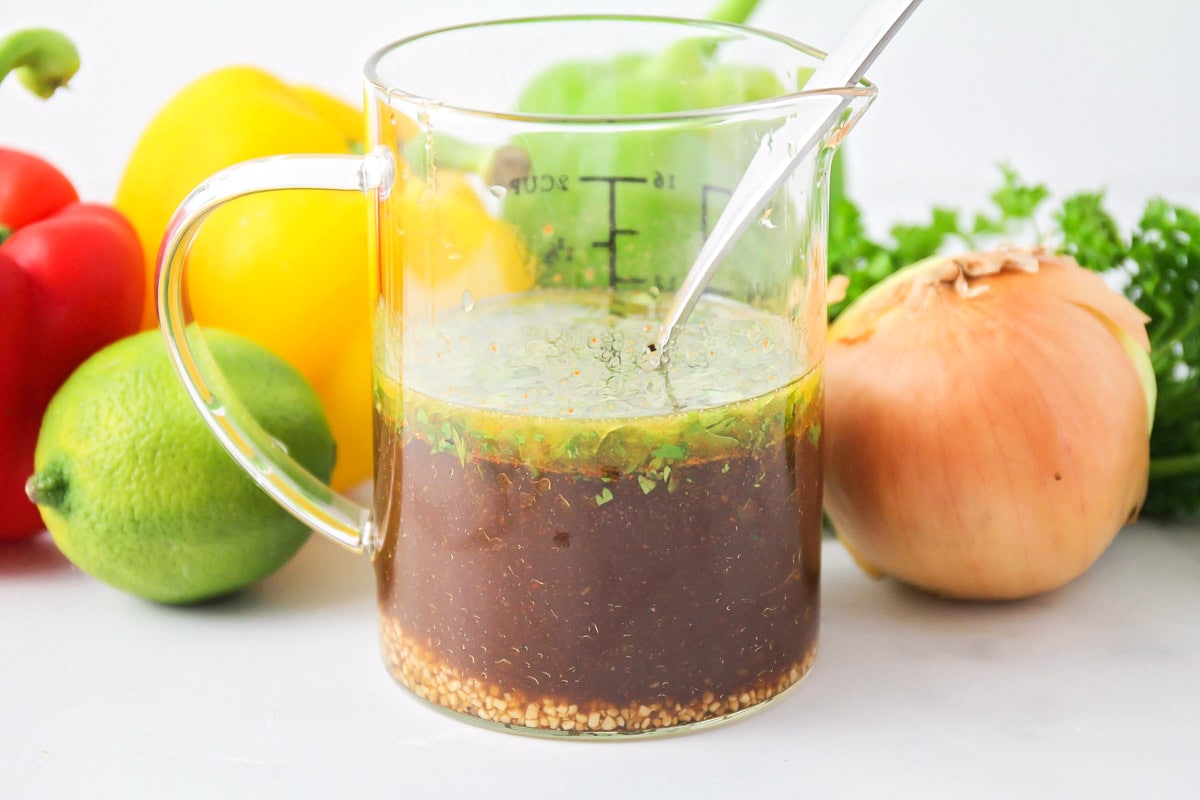When it comes to fitness and nutrition, there are countless supplements and products on the market that claim to help you achieve your health goals. One such product that has gained popularity in recent years is dairy whey blend. But what exactly is it, and how can it benefit your health and fitness journey? Let's take a closer look at this popular supplement.
What Is Dairy Whey Blend?
Dairy whey blend is a type of protein supplement that is derived from milk. It is made by separating the protein from the other components of milk, such as fat and carbohydrates. The resulting product is a concentrated source of high-quality protein that can be easily incorporated into a variety of foods and beverages.
Types of Dairy Whey Blend
There are two main types of dairy whey blend that are commonly available:
-
Whey Protein Concentrate: This type of dairy whey blend contains a lower percentage of protein, with the remaining content being made up of fat and carbohydrates. It is often more affordable than other types of whey protein and is a popular choice among fitness enthusiasts.
-
Whey Protein Isolate: This form of dairy whey blend undergoes further processing to remove more fat and lactose, resulting in a product that is higher in protein content and lower in carbohydrates and fat. It is often favored by those who are looking to minimize their intake of additional macronutrients.
Benefits of Dairy Whey Blend
Dairy whey blend offers a range of benefits for those looking to support their fitness and health goals:
-
Muscle Recovery: The high-quality protein in dairy whey blend can aid in muscle recovery and repair after exercise, making it a popular choice for athletes and fitness enthusiasts.
-
Convenience: Dairy whey blend can be easily mixed into shakes, smoothies, and baked goods, making it a convenient way to increase your protein intake.
-
Nutrient-Rich: In addition to protein, dairy whey blend also contains essential amino acids, which are important for overall health and well-being.
-
Weight Management: Protein is known for its ability to promote feelings of fullness and satiety, which can support weight management goals.
How to Use Dairy Whey Blend
There are numerous ways to incorporate dairy whey blend into your diet:
-
Shakes and Smoothies: One of the most popular ways to consume dairy whey blend is by mixing it with water, milk, or a dairy-free alternative to create a protein-packed shake or smoothie.
-
Baking: Dairy whey blend can also be added to baked goods such as muffins, pancakes, and protein bars to increase their protein content.
-
Cooking: Some people also use dairy whey blend as an ingredient in savory dishes such as soups, sauces, and even homemade protein pancakes.
Conclusion
In conclusion, dairy whey blend is a versatile and convenient source of high-quality protein that can support muscle recovery, weight management, and overall health. Whether you're an athlete looking to optimize your performance or simply someone who wants to increase their protein intake, dairy whey blend is a valuable addition to any diet. With its numerous benefits and ease of use, it's no wonder that this supplement has become a staple in the health and fitness community.











